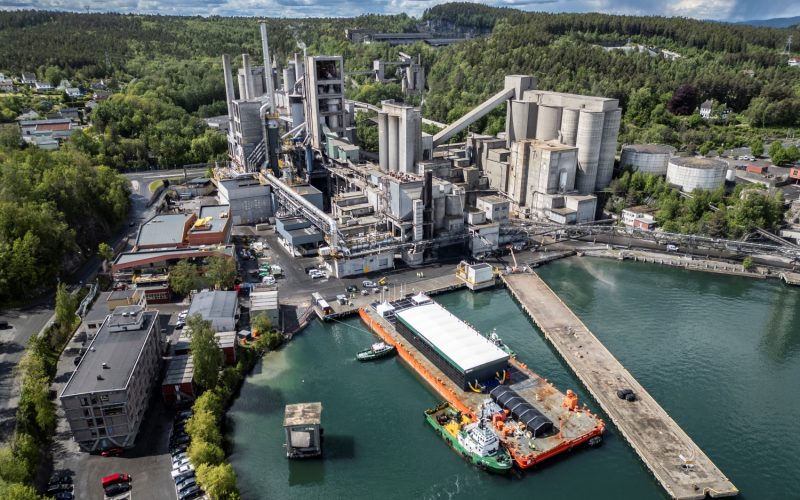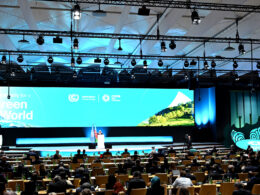Norway has begun operations on what is being hailed as the world’s largest full-scale industrial carbon capture and storage (CCS) project, committing billions of dollars in subsidies to trap emissions from carbon-intensive industries such as cement.
The first shipment of captured carbon dioxide departed from Heidelberg Materials’ plant in Brevik earlier this month and is set to be injected beneath the North Sea in August. The injection will be handled by the Northern Lights consortium, a joint venture comprising Equinor, Shell, and TotalEnergies.
The CCS initiative forms part of Norway’s Longship project, which carries an estimated cost of 34 billion Norwegian kroner ($3.4 billion) for its first decade, with the state covering 22 billion kroner. The project aims to store five million tonnes of CO₂ under the seabed—modest when compared to the cement industry’s annual emissions of over 2.5 billion tonnes globally.
“The green transition is not easy, but it is possible,” said Terje Aasland, Norway’s Minister of Energy, at the launch.
Advocates of CCS view it as a crucial tool for decarbonising hard-to-abate sectors such as steel, cement, and coal-fired power. However, critics argue the technology remains costly, reliant on large-scale subsidies, and challenging to scale—limitations most governments struggle to overcome. Norway, western Europe’s largest oil and gas producer and home to the world’s largest sovereign wealth fund, is uniquely positioned to underwrite such efforts.
“For us, this project would have been impossible without the support of the Norwegian government. The risk would have just been too high,” said Dominik von Achten, CEO of Heidelberg Materials. The company is exploring premium pricing for its new low-carbon cement product, branded “evoZero”.
The Brevik plant will capture 400,000 tonnes of CO₂ annually, with an additional 350,000 tonnes to be captured from Oslo’s municipal waste plant by 2029. This week, the Norwegian government approved the project’s second phase, which will expand its storage capacity from 1.5 million to 5 million tonnes.
Norway’s earlier CCS efforts were scrapped in 2007 due to rising costs, despite being championed as the country’s “moon landing” by then-prime minister Jens Stoltenberg. While officials declined to specify when the project might become subsidy-free, Aasland suggested that rising carbon permit prices could make the technology commercially viable within 10 to 15 years.
Norway is also pushing for the creation of a pipeline network to transport carbon from across Europe to the North Sea. However, not all countries are convinced. Switzerland’s Energy Minister, Albert Rösti, described CCS as “too expensive” for landlocked nations, though he acknowledged Norway’s leadership in turning the concept into practice.





















